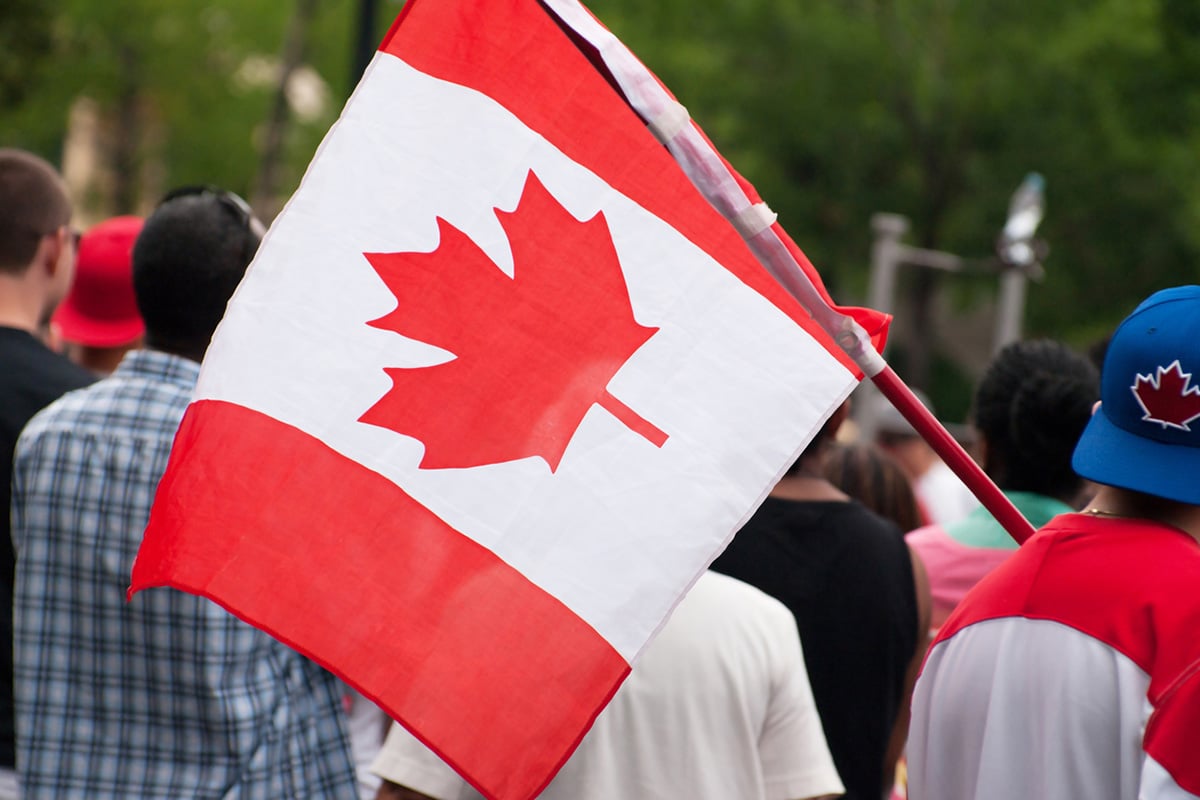Canada is shifting gears on immigration. In its largest coverage overhaul in a long time, the federal authorities has unveiled a plan to cut back the variety of momentary residents by as a lot as one-third whereas creating a brand new fast-track pathway for U.S.-based H-1B visa holders and different extremely expert professionals to turn into everlasting residents.
The adjustments, introduced beneath Price range 2025 and the 2026–2028 Immigration Ranges Plan, mirror a pivot from population-driven progress to skills-based immigration as Canada grapples with housing shortages, healthcare pressure, and public concern over document arrivals.
On the identical time, Canada is positioning itself to draw high-value expertise from the USA. A brand new immigration stream will permit as much as 33,000 H-1B visa holders and different expert professionals to transition on to Canadian everlasting residency by 2027.
Officers say this system is designed to strengthen the nation’s innovation and analysis sectors whereas countering restrictive immigration developments within the U.S.
What Canada officers mentioned
“We’ve exceeded our capability lately,” mentioned Finance Minister François-Philippe Champagne, presenting the plan in Parliament. “Our focus now’s constructing a stronger, extra resilient Canadian economic system via steadiness, sustainability, and skills-driven progress.”
Everlasting immigration ranges will maintain regular at 380,000 per yr via 2028, however the composition will change. Expert employees, entrepreneurs, and different economic-class immigrants will make up 64% of complete admissions, up from 59%, highlighting Ottawa’s intention to raised align immigration with labor market wants.
The reforms come as public attitudes towards immigration shift. A current Environics Institute ballot discovered that 56% of Canadians imagine immigration targets are too excessive, a pointy reversal from the broadly constructive sentiment that characterised a lot of the previous decade.
Labour market context
Canada’s labor market is going through important challenges, with 8.1 million job openings projected between now and 2033, in line with a current report from Employment and Social Growth Canada (ESDC).
The report identifies greater than 100 occupations susceptible to shortages, with demand rising sharply in healthcare, development, and expertise.
In the meantime, Canada’s immigration backlog has improved. As of March 2025, the whole backlog stood at 821,200, a 7.95 per cent decline from 892,100 in January, marking the third consecutive month it has stayed under a million.
What it is best to know
- The federal government says earlier measures, together with a 35% reduce to worldwide scholar visas and a 50% discount in new momentary overseas employee entries, have already begun to gradual inhabitants progress.
- Officers estimate that by late 2027, momentary residents will make up lower than 5% of Canada’s complete inhabitants, down from document highs in 2023.
- Price range 2025 additionally earmarks $1.7 billion over 13 years to draw worldwide researchers and $97 million to enhance recognition of overseas credentials, notably in healthcare and engineering.
Immigration Minister Marc Miller described the hassle as “a pivot towards high-impact expertise,” aimed toward supporting areas affected by shifting provide chains and U.S. commerce insurance policies.







Be First to Comment